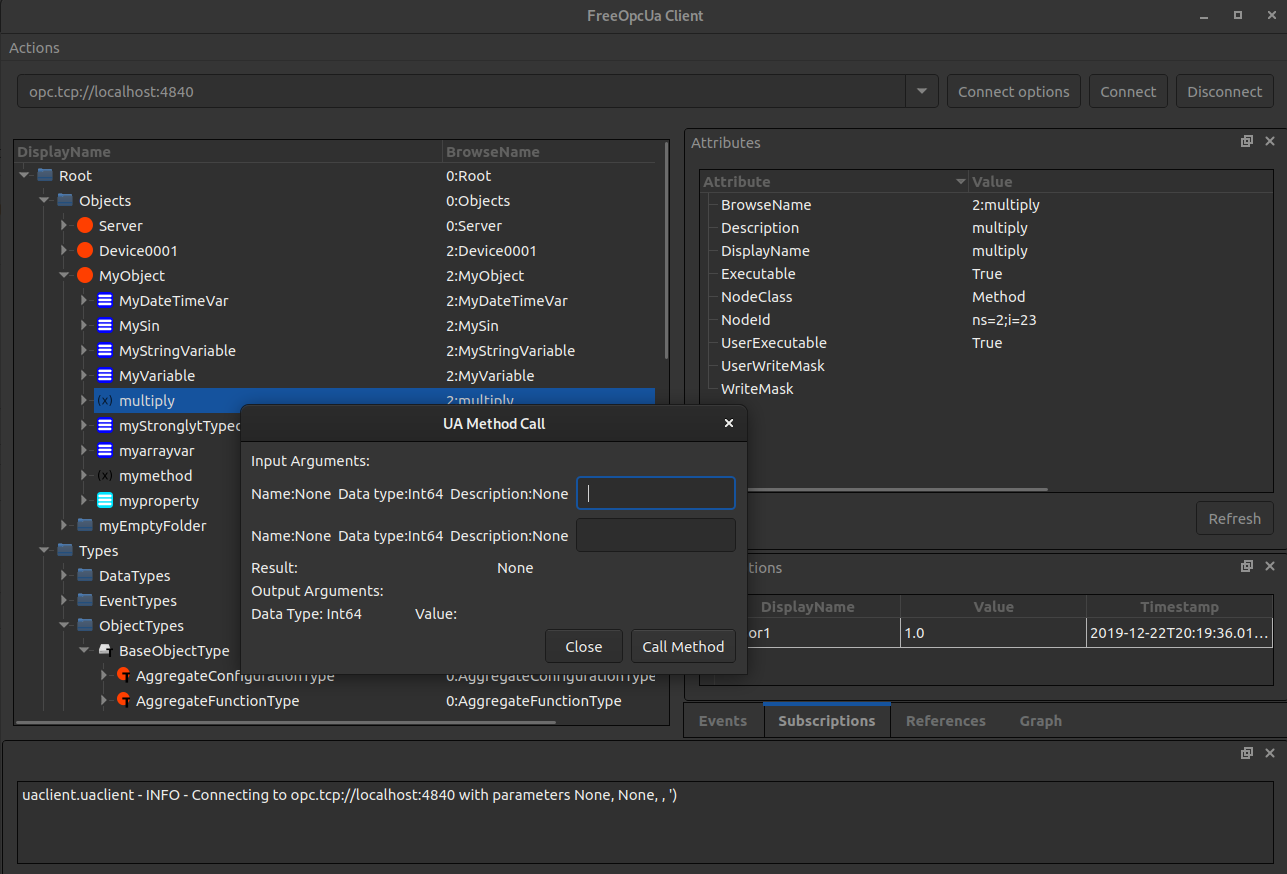GDPR Data Classification Made Simple
The General Data Protection Regulation (GDPR) has revolutionized the way organizations handle personal data, introducing a stringent set of guidelines to safeguard individual privacy. At the heart of GDPR compliance lies data classification, a process that often seems daunting due to its complexity and the severe consequences of non-compliance. However, understanding and implementing GDPR data classification doesn’t have to be overwhelming. By breaking down the key concepts and applying a structured approach, organizations can navigate these waters with confidence.
Understanding GDPR Data Classification
GDPR data classification is the process of categorizing personal data based on its sensitivity and the level of protection it requires. This classification is crucial because it determines the measures organizations must take to protect the data, from encryption and access controls to data subject rights and breach notification processes. The GDPR doesn’t explicitly define categories of personal data, but it distinguishes between “personal data” and “special categories of personal data,” formerly known as sensitive personal data.
Personal Data
Personal data is any information that can directly or indirectly identify a living individual. This broad definition encompasses a wide range of data, from names and addresses to IP addresses, cookie identifiers, and genetic data. The key factor is whether the data can be used to identify an individual.
Special Categories of Personal Data
Special categories of personal data, as outlined in Article 9 of the GDPR, are considered more sensitive and thus require additional protection. These categories include:
- Racial or ethnic origin
- Political opinions
- Religious or philosophical beliefs
- Trade union membership
- Genetic data
- Biometric data (for the purpose of uniquely identifying a natural person)
- Health data
- Data concerning a natural person’s sex life or sexual orientation
Implementing GDPR Data Classification
Implementing an effective data classification system under GDPR involves several steps:
Data Discovery and Mapping: The first step is to understand what personal data your organization processes, where it comes from, how it’s used, where it’s stored, and with whom it’s shared. This process is known as data mapping and is essential for identifying vulnerabilities and ensuring compliance.
Categorization: Based on the data mapping exercise, categorize the personal data. While the GDPR does not provide explicit categories for personal data (except for special categories), organizations often find it useful to categorize data based on its sensitivity and business value. Common categories might include public, internal, confidential, and restricted data, with special categories of personal data being treated as highly sensitive.
Classification Policy: Develop a clear data classification policy that outlines the categories of data, the controls required for each category, and the responsibilities of employees in handling classified data. This policy should be communicated to all staff and regularly updated.
Access Controls: Implement strict access controls to ensure that only authorized personnel can access personal data, with special attention to special categories of personal data. This includes using encryption, secure storage solutions, and multi-factor authentication.
Training and Awareness: Provide regular training and awareness programs for employees to understand the importance of data classification, how to handle different categories of personal data, and the consequences of mishandling sensitive information.
Monitoring and Review: Regularly monitor and review your data classification system to ensure it remains effective and compliant with GDPR requirements. This includes conducting audits, assessing data breaches, and updating policies as necessary.
Challenges and Opportunities
Despite the challenges, GDPR data classification presents opportunities for organizations to reassess their data handling practices, enhance security, and build trust with data subjects. By streamlining data management, organizations can reduce the risk of data breaches, improve compliance with regulatory requirements, and foster a culture of privacy and security within their operations.
Future of Data Protection
As data protection regulations continue to evolve globally, the importance of robust data classification systems will only grow. Emerging technologies, such as artificial intelligence and the Internet of Things (IoT), will introduce new challenges and opportunities for data protection. Organizations that invest in flexible, adaptive data classification systems will be better positioned to navigate these changes and maintain the trust of their customers and partners.
Conclusion
GDPR data classification is a cornerstone of compliance with the General Data Protection Regulation. By understanding the principles of data classification, implementing a structured approach to categorizing and protecting personal data, and continually monitoring and improving data handling practices, organizations can not only comply with GDPR but also enhance their overall data security posture. In a digital landscape where data is increasingly recognized as a valuable asset, the ability to classify, protect, and leverage data wisely will differentiate successful organizations from those that struggle to keep pace.
What are the main categories of personal data under GDPR?
+The GDPR distinguishes between “personal data,” which is any information that can directly or indirectly identify a living individual, and “special categories of personal data,” which includes more sensitive information such as racial or ethnic origin, health data, and biometric data.
How do I implement GDPR data classification in my organization?
+Implementing GDPR data classification involves data discovery and mapping, categorizing personal data, developing a classification policy, implementing access controls, providing training, and regularly monitoring and reviewing the system for effectiveness and compliance.
What are the benefits of effective GDPR data classification?
+Effective GDPR data classification enhances data security, reduces the risk of data breaches, improves compliance with regulatory requirements, and fosters trust with data subjects. It also streamlines data management and can lead to better decision-making and operational efficiency.



